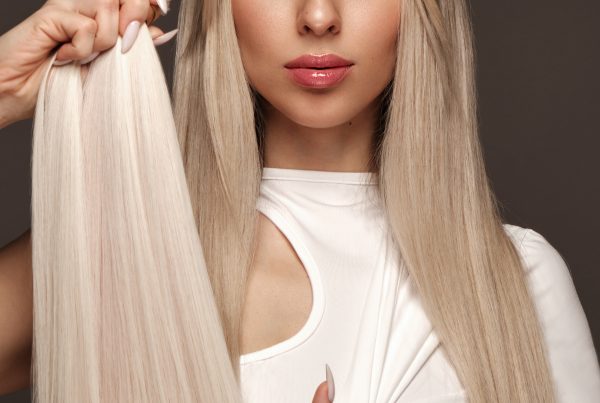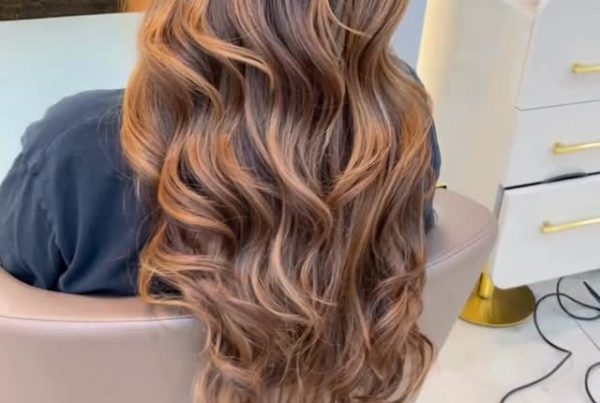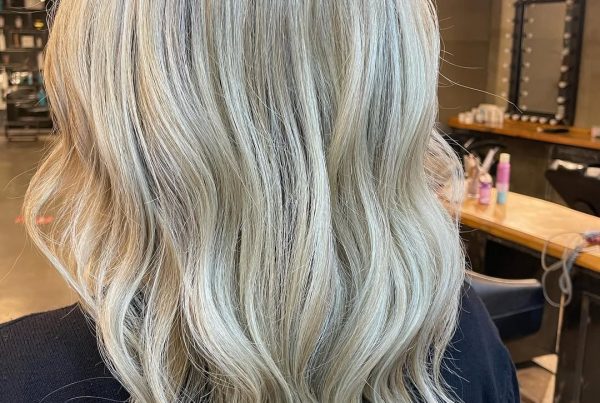Wigs have become indispensable not only for those experiencing hair loss but also for those who love changing their style frequently.
Whether you want a shorter cut or a completely new color, wigs offer a fast, safe, and impressive solution.
However, choosing the right wig is essential for achieving a natural look and comfortable use.
Wig What Is It and Why Is It Used?
A wig is a hair prosthesis made from real or synthetic hair fibers and worn on the head.
Modern wigs are used not only for aesthetic purposes but also to cover hair loss, support medical treatment processes, or camouflage thinning hair.
They are also a perfect choice for people who want a new look without cutting or coloring their natural hair.
Wigs can be produced in various cuts, colors, and densities depending on the intended use. Today, 60% of users prefer wigs for both comfort and aesthetics.
What Is a Human Hair Wig?
A human hair wig is made from 100% real human hair and provides the closest appearance to natural hair.
These wigs mimic the shine, softness, and natural movement of real hair. Since they are made from human hair, they can be styled with a curling iron, straightener, or blow dryer. They can also be dyed, cut, and used long-term.
Although they require more care, they are more durable than synthetic models. With proper care, their lifespan can exceed one year.
What Is a Synthetic Wig?
Synthetic wigs are made from special artificial fibers and are produced using advanced technology.
Modern synthetic wigs can look very similar to real hair in terms of texture and shine. Their biggest advantage is easy maintenance and long-lasting shape.
You can put them on quickly every morning and they will keep their shape throughout the day.
However, synthetic wigs are generally sensitive to heat and not suitable for hot styling tools. Their average lifespan is 6 to 8 months.
What Should You Pay Attention to When Choosing a Wig?
Face Shape Compatibility: Oval faces suit most styles; soft waves are ideal for square faces.
Color Match: Choosing colors that complement your skin tone enhances naturalness.
Material Choice: Synthetic wigs are practical for everyday use; human hair wigs are better for long-term wear.
Comfort: A breathable inner cap ensures comfort during long hours.
Maintenance Needs: Human hair wigs require regular care; consider choosing a salon that provides maintenance services.
How to Put On and Remove a Wig?
First, tie your hair tightly and put on a wig cap.
Place the wig starting from the forehead toward the nape.
Some wigs have special clips or bands to prevent slipping.
To remove, gently open the clips and lift the wig upward without pulling.
How to Care for a Wig?
Human hair wigs should be washed with sulfate-free shampoo and softened with a moisturizing conditioner.
Synthetic wigs require special wig shampoo and should never be washed with hot water.
Both types should be dried in the shade and not directly under sunlight.
Regular brushing and proper storage help maintain shape and prevent tangling.
Frequently Asked Questions
Can human hair wigs be dyed?
Yes, professional stylists can dye them using the correct techniques.
Can synthetic wigs be styled with heat?
Generally no, except for special heat-resistant models.
Does wearing a wig increase hair shedding?
No, proper application and removal do not harm the roots.
Is wearing a wig daily harmful?
No, high-quality wigs with breathable inner caps are suitable for daily wear.
How should a wig be stored?
It should be stored on a wig stand or in its original box in a cool, shaded place.




